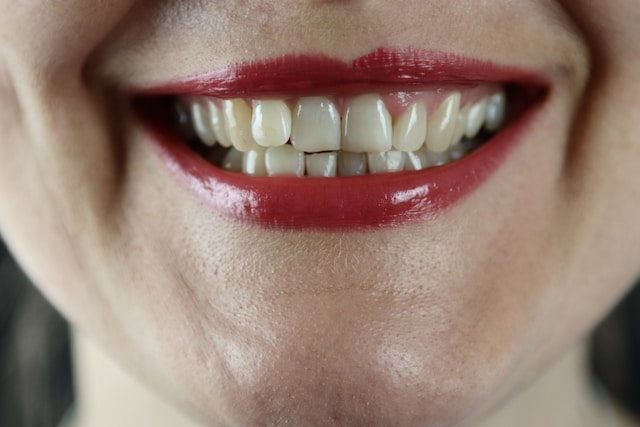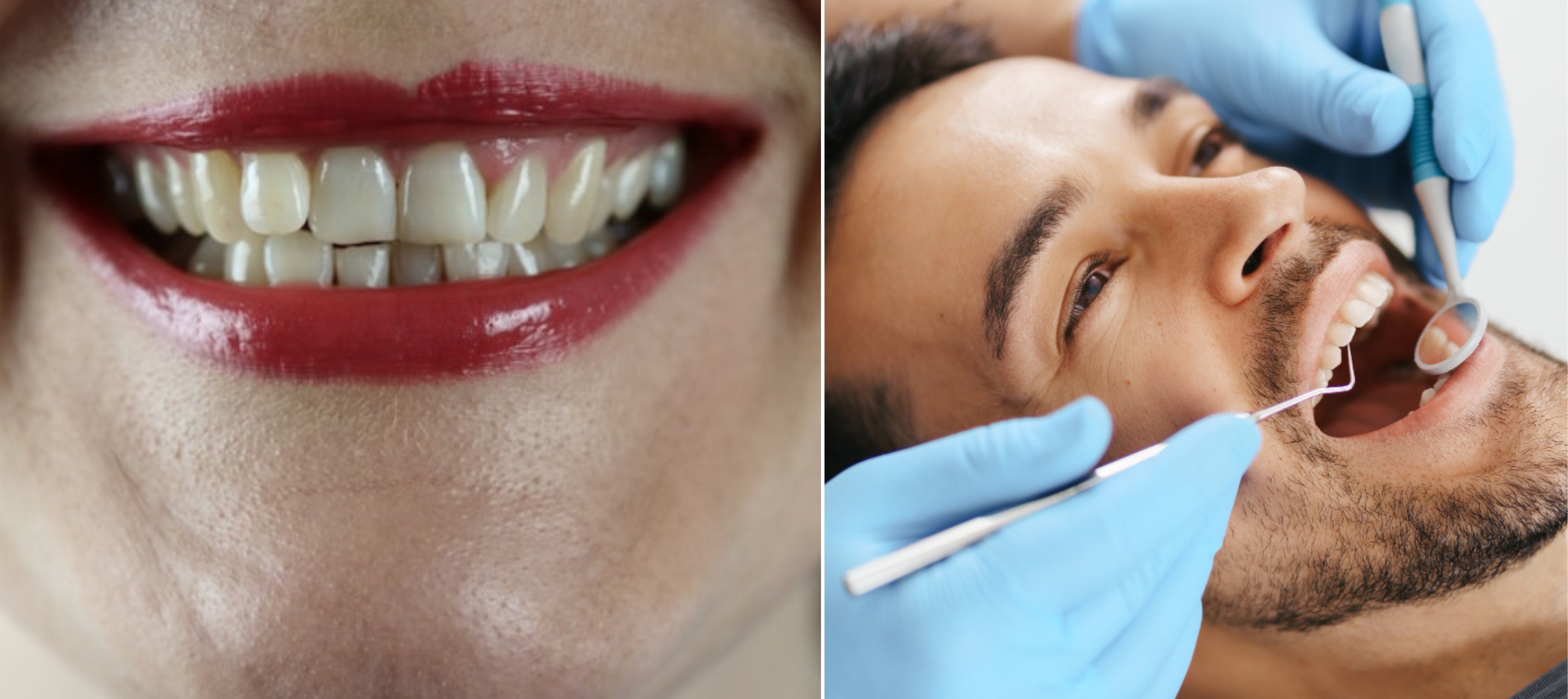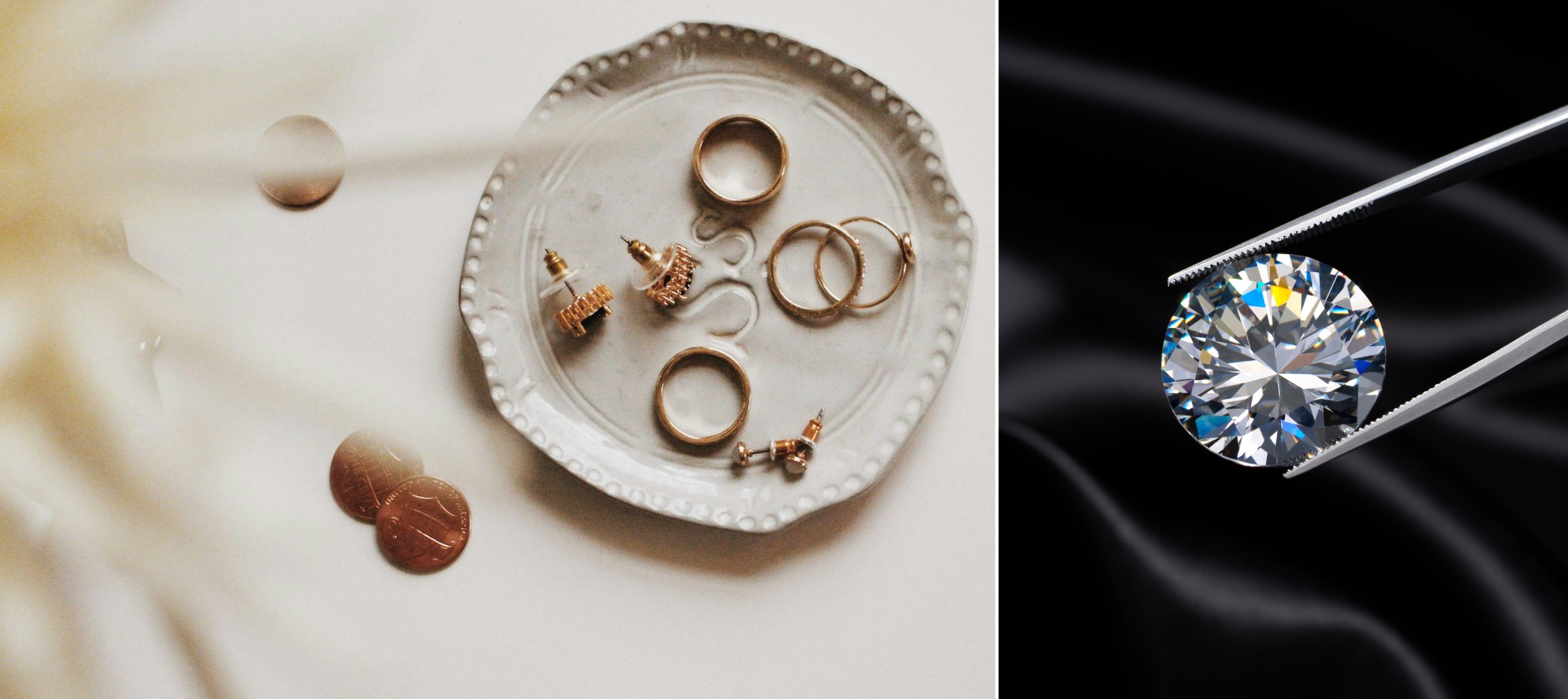When it comes to giving yourself a smile makeover, there are various treatments that can be utilized. Two popular ones include veneers and crowns.
Crowns are tooth-shaped caps designed to cover and strengthen damaged teeth. Crowns may strengthen broken, chipped or chipped-away enamel as well as cover an implant or bridge system.
Cost
Crowns and veneers can add significantly to the costs of dental treatment, yet are both effective at correcting crookedness in teeth, covering holes or discolorations in front of your mouth, as well as hiding stains in front of it. Consulting a dentist is the best way to decide whether either treatment option suits you. They will assess your teeth while discussing its potential long-term costs.

Veneers are typically made of porcelain to give a natural appearance; however, composite resin veneers may also be an option. When veneers are fitted, your dentist will file down the front surface of each tooth so the bonding process works better – local anaesthesia may be administered during this process in order to avoid any pain or discomfort during placement.
Lumineers are an alternative form of veneer that require less preparation and may be cheaper, yet may not last as long.
Time
Your dentist will perform an in-depth assessment of your teeth and take X-rays as well as create impressions and molds of your mouth. They’ll examine your bite, look at each side of your front and side teeth and even observe you while eating to ensure veneers don’t interfere with natural behaviors.

Your cosmetic dentist will use a local anesthetic (which may include sedation) to reshape and prepare your teeth for veneers, including extracting some enamel from those that will receive veneers so that the final veneers fit comfortably without interfering with gum line or speech patterns.
Once your veneers are in place, your dentist will use an adhesive to bind and harden them before trimming away any excess cement. He or she will also check your bite and make any final adjustments that might be needed before you can smile with pride!
Maintenance
As with any dental procedure, veneers and crowns require ongoing costs in terms of maintenance costs. Composite resin veneers tend to be less expensive than porcelain alternatives and require less trimming of natural teeth; however, their color may fade over time and they aren’t always as resilient.
Porcelain veneers are an incredibly popular choice for smile makeovers as they appear more natural than other materials and resist staining, plus are long-term and durable – however they may be more costly than resin or Lumineers options.
Crowns may be recommended by dentists to treat patients who have compromised teeth due to chipping, cracking or decay; or those receiving root canal therapy. They can also help mask moderate-severe discolorations that do not respond to teeth whitening. However they may not be covered by insurance since they are considered restorative rather than cosmetic treatments. Additionally they could potentially be more invasive than veneers.
Regardless of the option you choose, maintaining good oral hygiene and attending regular dental checkups are essential to prolong the life of veneers or crowns. According to this cosmetic dentist in Ballwin, avoiding habits like teeth grinding, chewing on hard objects, or using your teeth as tools can also help prevent damage and ensure your restorations stay in great shape for years to come.
Health
Smiles can be one of the most striking features on our faces, exuding confidence and happiness while positively impacting both physical health and mental wellbeing. Smiling can also help relieve mental tension. Unfortunately, cracked or discolored teeth may have an adverse impact on self-image and esteem.

Cosmetic dental treatments are an effective way to transform your smile and boost confidence. Both veneers and crowns can provide effective solutions; selecting one depends on your unique situation.
Veneers are more cosmetic in nature and ideal for covering up discolorations or filling in chipped teeth. In addition, veneers require less removals of tooth structure compared to crowns.
However, veneers may not be an appropriate solution for fixing crooked or misaligning teeth; to address such issues, your dentist may suggest Invisalign or orthodontic treatment instead. To determine whether veneers are the appropriate choice for you, a cosmetic dentist can create a mockup out of composite resin to test out.








